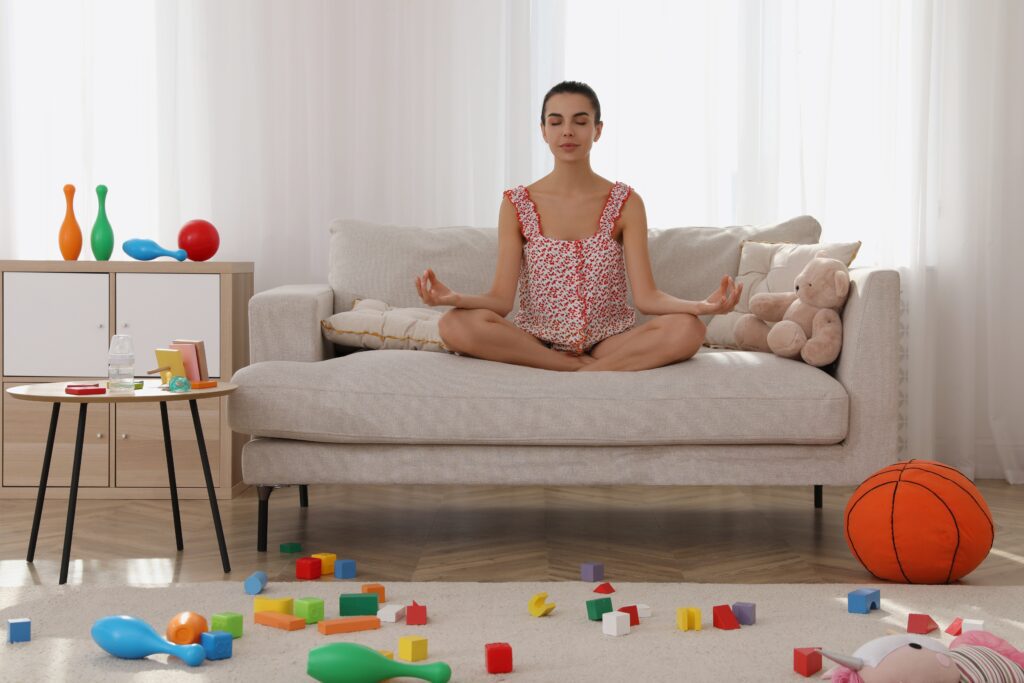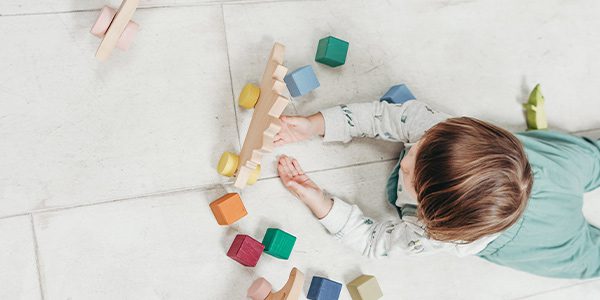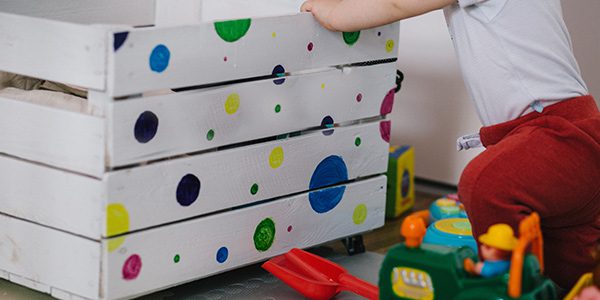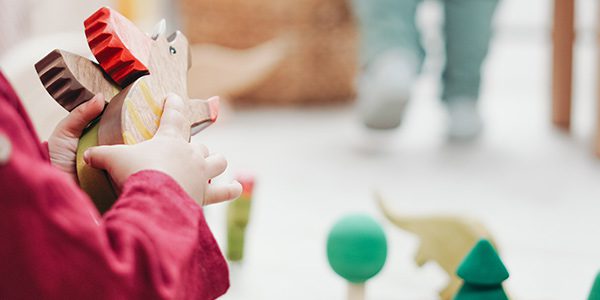Organizing Toys with the Toy Rotation Method
Organizational Benefits of Toy Rotation:
Less Visual Clutter
With toy rotation, only a fraction of your child’s toys will be out on display, which creates less physical clutter, as well as less visual clutter. You no longer have to look at a playroom with toys all over the floor. Instead, you will only see the toys that you have selected for that week.
Easier Cleanup
Fewer toys mean less to clean up. Children tend to become overwhelmed when asked to clean up all of their toys, as they tend to pull out multiple different toys when playing. When there are fewer toys to choose from, your child will end up playing with fewer toys and have an easier time putting them back where they belong.
Opportunity to Scale Down Toys
Preparing for toy rotation gives you the unique opportunity to go through all of your child’s toys. As you go through their toys, set aside anything that they have outgrown, that is a duplicate of another toy or is broken. You’ll be surprised how many toys you get rid of while sorting.
How Your Child Will Benefit from Toy Rotation:
Studies show that having too many toys can restrict development in children. When children have too many toys to choose from, they get overwhelmed and overstimulated and can’t concentrate on one thing. This inhibits them from playing imaginatively.
According to Dr. John Richer, a consultant clinical pediatric psychologist, when a child is confronted with a new object, they go through two stages: exploration and play. During the exploration phase, your child explores what the object can do. During play, they discover what they can do with it. When there are too many toys, they focus on exploring and not playing. “The theory is that children who play more tend to become more creative, imaginative, and emotionally secure. The impression is they are better at taking initiative and are more adaptable, which is what one wants in a fast-changing world,” says Dr. Richer.
Benefits of Toy Rotation:
- Easier Cleanup
- Reduced Visual Clutter
- Less Overwhelm
- Increased Creativity
- More Appreciation & Excitement
- Less Boredom
How to Get Started with Toy Rotation:
Collect All Toys
Go through your home and gather up all the toys. This includes board games, crafts, and all other toys. Place them all in one room so you can easily divide them into sections.
Sort Toys into Categories
Take the time to sort all of the toys into categories. These categories include:
Moving Toys: Any toys that support gross motor skills and physical activity will be lumped into this category. Sort things like balls, push toys, bicycles, or other physical toys into this category.
Pretending Toys: When your child acts out the pretend stories that they created, it promotes social, emotional, and language development. Place items like stuffed animals, dress-up clothes, action figures, cooking sets, and dolls into this category.
Thinking Toys: These toys promote cognitive development by encouraging problem-solving, reasoning and math skills, and curiosity. You may also notice that many toys involving fine motor skills fall into this category. These toys include LEGOs, Lincoln Logs, puzzles, blocks, and board games.
Creating Toys: Crafts and music help children find new ways to express their emotions. Creative toys promote social and emotional development and improve fine motor skills. Coloring books, paint, play dough, and instruments are included in this category.
Other: If you aren’t sure if a toy fits into one of the above categories, that’s okay. Set up a category for all other toys that you can sprinkle in with the others when setting up your boxes.
Reduce and Donate
As you go through and sort your child’s toys, you may find some that no longer serve a purpose. If you find a toy that is broken, set it aside to be thrown away. There may also be toys that your child has outgrown and no longer plays with. Depending on if you plan to have more kids, you may choose to either set this toy aside or donate it. If you aren’t sure about a toy, include it in the first few toy rotations. Take notice of whether or not they play with that toy. If they don’t, set it aside to donate.
Divide into Storage Containers
Next, you’ll want to divide the toys into their own containers. To make it easier to keep track, number each bin. Then, put 1-2 toys per category into each storage container. Larger items like toy kitchens and dollhouses can always stay out, but consider rotating the toys associated with them.
Rotate Weekly
At the end of each week, collect all toys and put them back into their storage container. Then, take out the following week’s container. Instead of just setting out the container, place all toys out so your child can visually take in all toys for the week. This will help them in their exploration phase and allow them to quickly assess and choose the toys they want to play with.
Before fully rolling out your toy rotation, speak with your child and fully explain to them that you are not getting rid of their toys. It may take a bit of an adjustment, but they will quickly adjust to their new toy rotation and will ultimately develop higher gratitude for their toys.
For more tips on organization and enjoying your home, sign up for our monthly blog newsletter.









